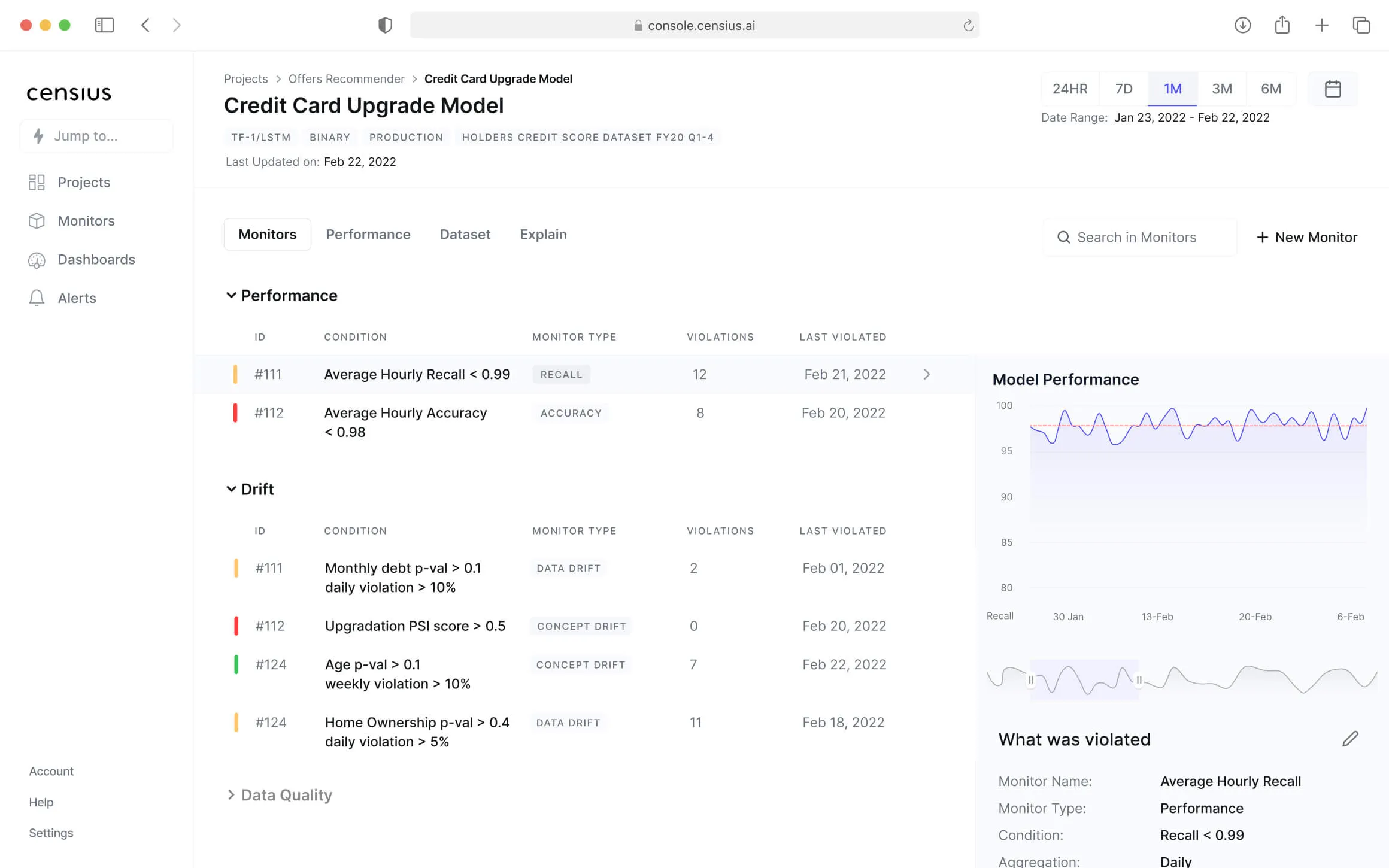Imagine a system that comprehends and generates text so flawlessly it's nearly indistinguishable from human communication. Large Language Models are precisely that. These powerful AI models are trained on vast volumes of text data, absorbing its intricacies and harnessing the power of language to accomplish remarkable feats. From deciphering sentiments and generating content to effortlessly translating languages, LLMs possess an awe-inspiring ability to understand and create text in ways that redefine what's possible.
In this article, we will unravel the multiple use cases of LLMs and uncover their immense potential in countless domains. Let's dive in!
How do LLMs work? Their functioning explained in brief
Before diving into the actual use cases, it's crucial to understand how LLMs function.
At their core, LLMs are built on a deep learning architecture known as Transformer. These models are trained on vast corpus derived from sources such as books, articles, or websites. During the training process, the LLM learns the statistical patterns, grammar, and contextual relationships present in the text.
The key innovation of LLMs lies in their ability to capture long-range dependencies and contextual information effectively. They achieve this through attention mechanisms, which allow them to focus on relevant parts of the input text while generating responses. By employing attention, LLMs can capture the nuances of language and produce coherent and contextually relevant outputs.
The versatile use-cases of LLMs
We have compiled some use cases which stand to benefit from LLMs. This list is not exhaustive, yet we hope it stokes your curiosity to further explore their application.
Content Generation
One of the remarkable use cases of Large Language Models (LLMs) is their ability to generate text, something we have discussed earlier in great detail. Whether it's creating engaging blog posts, crafting personalized marketing content, or even generating code snippets, LLMs are revolutionizing the way we approach content creation. With their vast training data and language understanding capabilities, these models can produce high-quality, contextually relevant text that rivals human-generated content.
Summarization
LLMs have the ability to analyze and understand lengthy documents or articles, extracting the most relevant information and condensing it into concise summaries. This technology empowers users to quickly grasp the key points of a document without having to read through the entire text. Whether it's for research purposes, content curation, or staying informed amidst information overload, LLMs provide an invaluable tool for efficient and effective summarization.
Clustering
LLMs can analyze and understand the underlying themes and concepts within a corpus of documents, allowing for efficient clustering and grouping based on similarity. By utilizing LLMs for clustering tasks, researchers, data scientists, and businesses can gain valuable insights, identify patterns, and navigate through extensive text datasets with ease.
Text Extraction
With their advanced natural language understanding capabilities, LLMs can sift through vast amounts of text data, analyze it, and extract key insights. This text extraction capability has significant implications in various domains, such as information retrieval, data analysis, and research. LLMs can help researchers and businesses efficiently process and distill relevant information from large volumes of text, empowering them to make informed decisions and uncover hidden patterns and trends.
Sentiment Analysis
LLMs can process vast amounts of data ranging from social media posts to customer reviews and accurately determine whether the sentiment expressed is positive, negative, or neutral. This valuable insight enables businesses to gain a deeper understanding of customer opinions, track brand sentiment, and make data-driven decisions to improve products and services.
Are you Monitoring your LLMs? Here's why it's important
While the potential for LLM applications is limitless, there is a long-running debate about their reliability and to what extent the outputs can be trusted. This is where ML Monitoring comes into the picture.
ML Monitoring and Observability solutions like Censius play a crucial role in supporting the growth and development of up-and-coming LLM applications. The observability solutions offer a comprehensive framework for monitoring and analyzing the performance of LLMs in real-time. By collecting and analyzing vast amounts of data generated by LLMs, Censius and similar platforms provide valuable insights into the model's behavior, enabling developers to detect and mitigate potential issues such as bias, overfitting, or concept drift.
Just some of the things you can do with Censius to enhance your LLMs:
- Deep dive into model behavior with 3D UMAP embedding visualizations to monitor high-dimensional vectors and detect hallucinations accurately
- Proactively detect data quality, drift, and bias issues to maintain and improve the performance of your models to generate accurate responses
- Leverage clusters to derive insights, gain access to different types of evaluation scores like ROUGE and filter embeddings for different meta-features
Interested to learn more about LLM Monitoring? Get in touch with our team of experts!
Conclusion
In conclusion, the world of Language Models is an ever-evolving landscape with vast potential for applications across various industries. LLMs have proven to be invaluable tools that enhance productivity and efficiency. In this blog, we explored the remarkable capabilities of LLMs, such as their ability to understand context, generate coherent text, and assist in decision-making processes.
However, as LLMs continue to advance, it becomes increasingly important to monitor their usage and ensure ethical and responsible implementation. This is where Censius can play a pivotal role. Talk to our team of experts and find out how Censius make LLMs responsible and trustworthy.

Explore how Censius helps you monitor, analyze and explain your ML models
Explore Platform.jpg)
